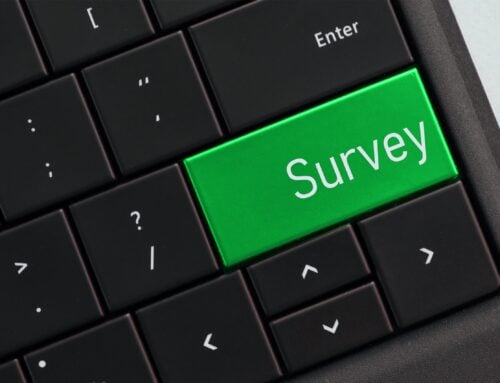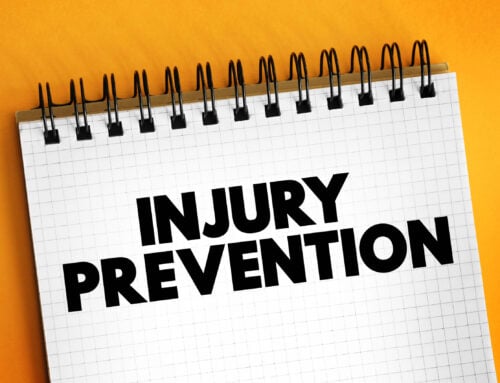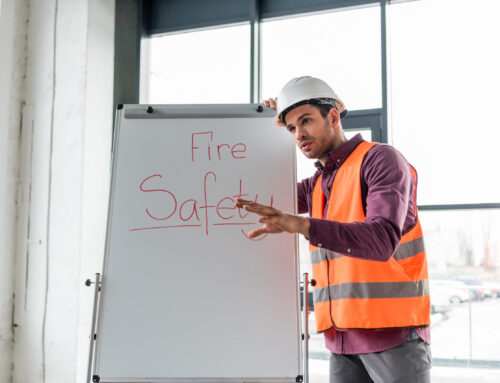Seventy-five percent of all accidents are preceded by one or more near misses, according to the National Safety Council. So, if you’re trying to reduce the number of injuries and incidents with property damage and other incident-related loss, it makes sense to measure and manage your near misses.
Why Near Misses Are So Important
It’s been recognized that focusing on minor incidents, including near misses provides the wherewithal to reduce the probability of major incidents. Near misses occur much more frequently than serious incidents. They’re also smaller in scale, simpler to analyze and easier to resolve.
Working from the top down, major incidents can often be traced back to several minor ones that happened earlier. By addressing the causes of these “precursor events,” you can prevent the major events from ever occurring.
Example: Several rows of shelving collapse in a storeroom. No one is hurt, and only minor property damage is done. The investigation reveals the shelves collapsed because they were overloaded. Once you know this, you can revise your stocking restrictions, ensure that shelves are safely loaded and prevent any more shelves from collapsing due to overloading.
9 Step Workplan for Near Miss Management
Near miss reporting, investigation and correction have become common practice. And like other safety activities, years of practice have provided insight on near miss management. Research from the Wharton Business School and others has identified several hallmarks of an effective near miss management program:
1. Define “Near Miss” Broadly
The first thing researchers noticed is that at companies that manage them effectively, the term “near miss is defined broadly to include not just events but things like unsafe conditions and unsafe behaviors. Event triggers were also broad typically including:
- Minor incidents/injuries that had the potential to be more serious;
- Events where injury could have occurred but didn’t;
- Events where property damage resulted or could have resulted but didn’t;
- Events where a safety barrier was challenged, such as by a worker bypassing a machine guard regardless of whether it caused a potential injury or damage event; and
- Events where potential environmental damage could result.
The definition recommended by the researchers to maximize near miss management effectiveness: “A near miss is an opportunity to improve health and safety in a workplace based on a condition or an incident with potential for more serious consequences.”
2. Setup Clear and Simple Reporting Procedures
You can’t manage near misses and learn from them unless you know they’re occurring. So once a near miss is identified, it should be reported, preferably in writing, by either the person who identified the near miss or by a supervisor to whom a near miss was reported to. The researchers recommend having a clear and simple procedure for reporting near misses to encourage this process and increase the probability of reporting near misses.
3. Provide Training
Workers may be reluctant to report near misses. They may be afraid of being disciplined if the near miss involved a violation of your safety rules or procedures. Or they may not believe management will actually do anything to improve safety if they report a near miss. So, they stay mum about their close calls.
To overcome workers’ reluctance to reporting near misses, train them on the value of near misses and their role in properly managing these events. This type of training should cover the following:
- What near misses are and how to identify them;
- Why near misses are important;
- The role of each person involved in near miss reporting;
- What a near miss management system is and how it works, including the responsibilities of all management levels;
- How to report a near miss; and
- How to prioritize a near miss.
You can also encourage near miss reporting by providing incentives or by telling workers that they’ll be disciplined for not reporting near misses. And taking swift action in response to a reported near miss can also encourages reporting because it demonstrates to workers that management is listening and taking safety seriously.
But the researchers don’t recommend that you allow anonymous near miss reporting for two reasons. First, it’s often necessary to follow-up with the person who reported the event to determine its root cause. Second, anonymous reporting suggests that near misses are unfavorable and undesirable events.
4. Prioritize Near Miss Incidents
Once near misses are reported, you need to prioritize them to determine:
- What steps to take next;
- How much attention to give the incident;
- How deeply to analyze its causes;
- The resources available to implement solutions; and
- How, if at all, you’ll disseminate information about the incident throughout the company.
5. Distribute Relevant Information
Companies that manage near misses effectively do a good job of distributing appropriate information about the incident. In such systems, the information is:
- Transferred quickly;
- Routed to all appropriate people; and
- Communicated in a useful and understandable format.
6. Determine the Cause
Near miss management requires identification of indirect and direct causes of an incident. Don’t hesitate to form investigative teams when the causes of incidents aren’t readily apparent.
7. Determine Solutions
The next hallmark of effective near miss management is to determine one or more solutions to the identified causes. Of course, hazard elimination is always the preferred solution; but the system must provide for hazard management or control where total elimination isn’t feasible. The hierarchy:
- Elimination of the cause of the hazard;
- Reduction of the potential hazard level or degree of risk of exposure to it;
- Installation of safety devices;
- Installation of warning signs to alert people to the hazard;
- Implementation of new safe work procedures to account for the hazard; and
- Increased worker awareness of the hazard, such as through safety talks.
8. Implement Solutions
Once you identify the necessary solutions, implement them and inform anyone affected by the near miss, such as workers and supervisors who work with the equipment involved or in that section of the workplace. And if the solution includes new or revised safety procedures, make sure to train all workers who’ll have to use these procedures.
9. Monitor Solutions
The final phase of near miss management is monitoring the changes made to ensure that they effectively address the causes of the near miss incident. In addition, remedying one problem can sometimes create other unforeseen hazards, particularly for subtle changes. Thus, managing these changes and ensuring no new hazards are created is critical to the success of a near miss program. And make sure that the person who reported the near miss is aware of the outcome of this process.
Bottom Line
Near misses are a largely untapped safety improvement resource. An effective near miss management program can help you tap the potential of this valuable source of safety information and use it to improve your workplace’s overall safety program.






